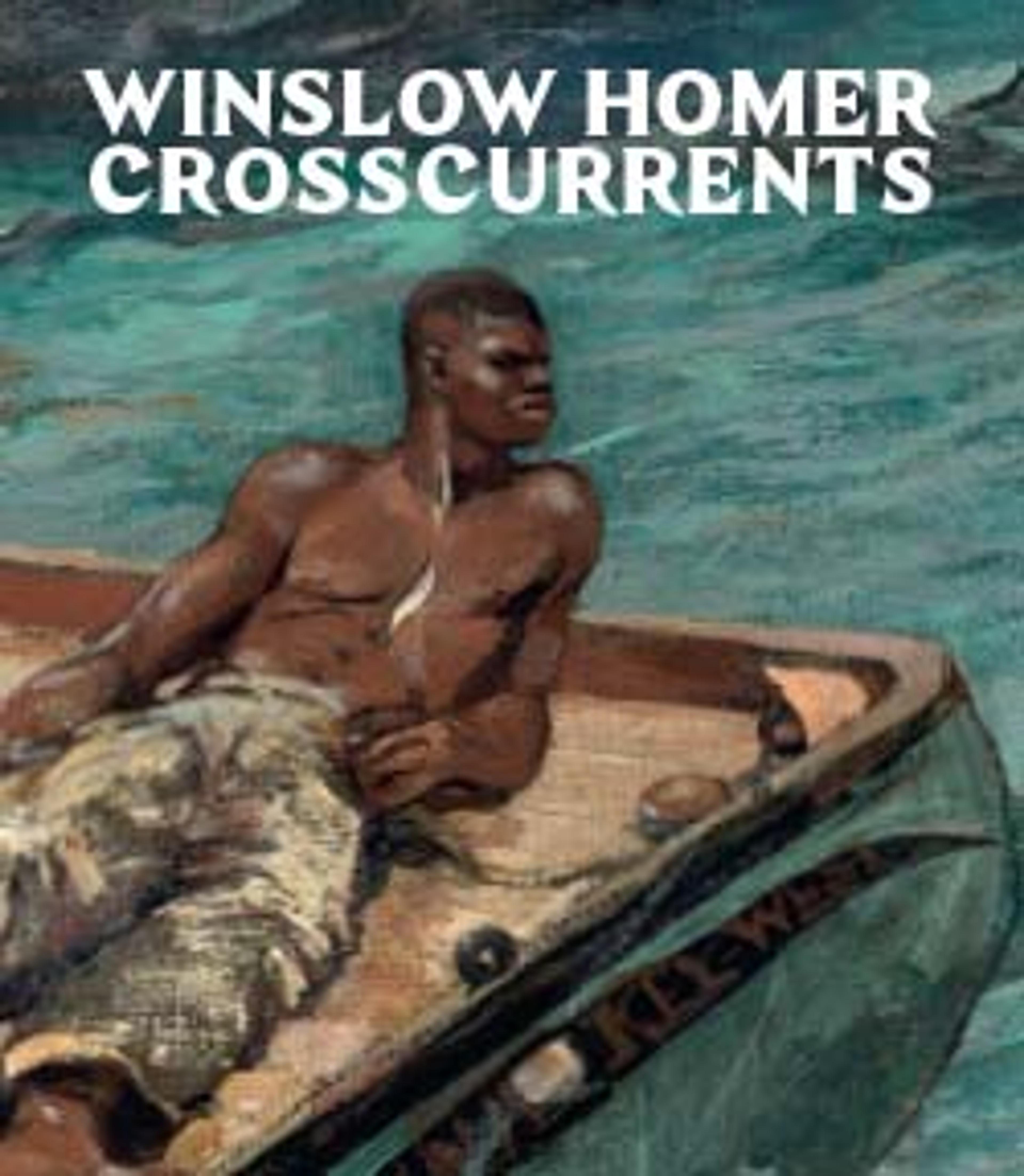Flower Garden and Bungalow, Bermuda
Art and fishing brought Homer to the British Crown colony of Bermuda for six weeks in winter 1899–1900. More than almost any other watercolor made during his sojourn, this image of a typical bungalow and its lush garden encodes the visual pleasures of the tropical environment. As in the Bahamas and Cuba, Homer focused on the local architecture: here, the stepped white limestone roof, used for collecting rainwater, and vibrantly colored walls. He also reveled in representing the picturesque landscape, including the border of bright flowers, verdant palms, sparkling water, and sunny sky. This work belongs to a group of watercolors of tropical subjects that the artist exhibited to acclaim at the 1901 Pan-American Exposition in Buffalo, New York, and later reserved for The Met, which purchased them after his death in 1910.
Artwork Details
- Title: Flower Garden and Bungalow, Bermuda
- Artist: Winslow Homer (American, Boston, Massachusetts 1836–1910 Prouts Neck, Maine)
- Date: 1899
- Culture: American
- Medium: Watercolor and graphite on off-white wove paper
- Dimensions: 13 15/16 x 20 15/16 in. (35.4 x 53.2 cm)
Framed: 24 1/2 x 30 1/2 in. (62.2 x 77.5 cm) - Credit Line: Amelia B. Lazarus Fund, 1910
- Object Number: 10.228.10
- Curatorial Department: The American Wing
More Artwork
Research Resources
The Met provides unparalleled resources for research and welcomes an international community of students and scholars. The Met's Open Access API is where creators and researchers can connect to the The Met collection. Open Access data and public domain images are available for unrestricted commercial and noncommercial use without permission or fee.
To request images under copyright and other restrictions, please use this Image Request form.
Feedback
We continue to research and examine historical and cultural context for objects in The Met collection. If you have comments or questions about this object record, please complete and submit this form. The Museum looks forward to receiving your comments.
